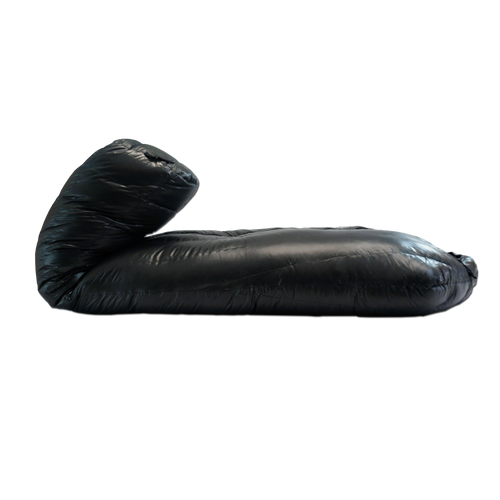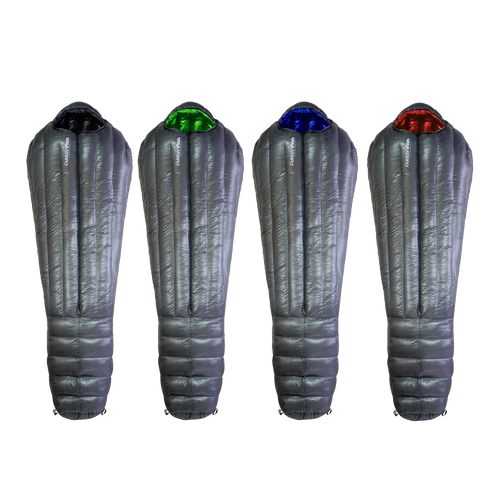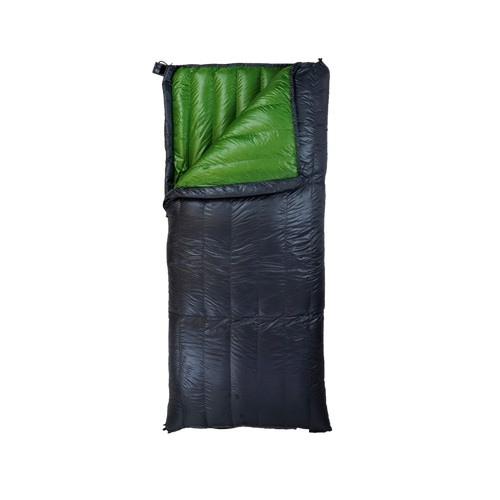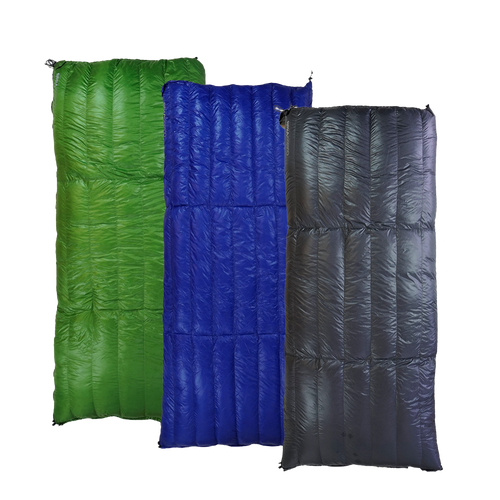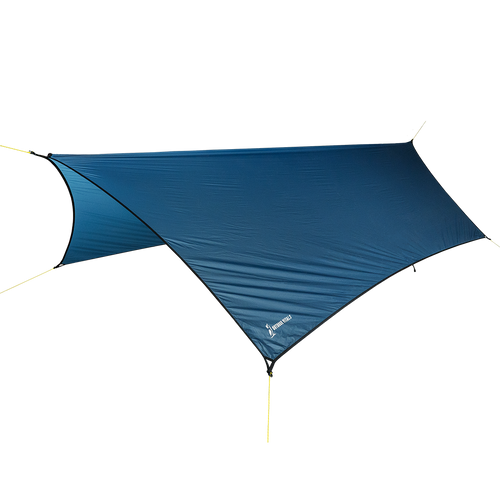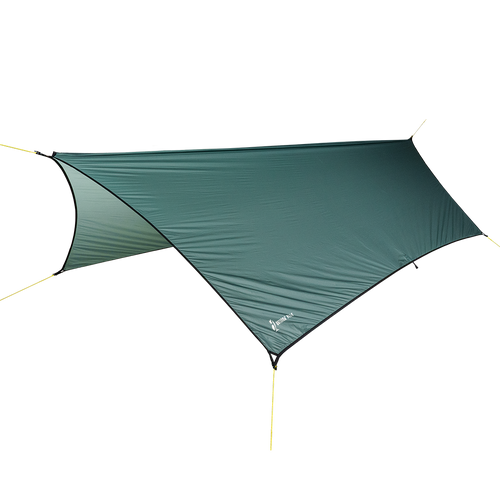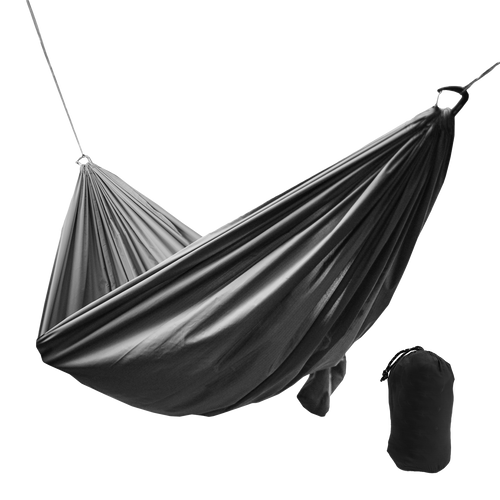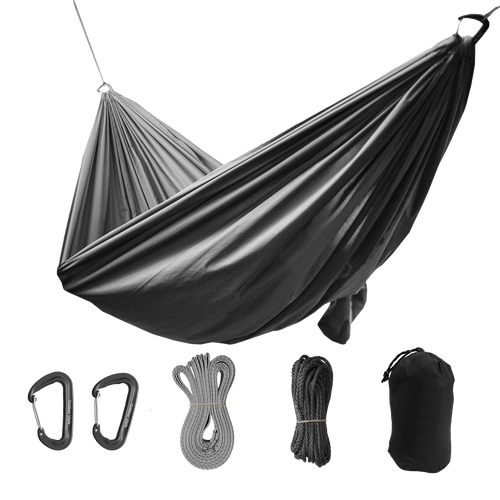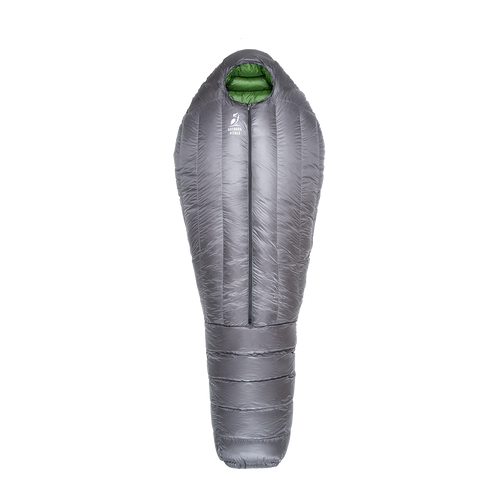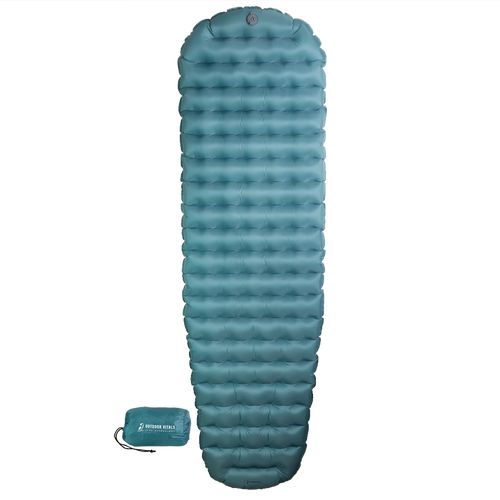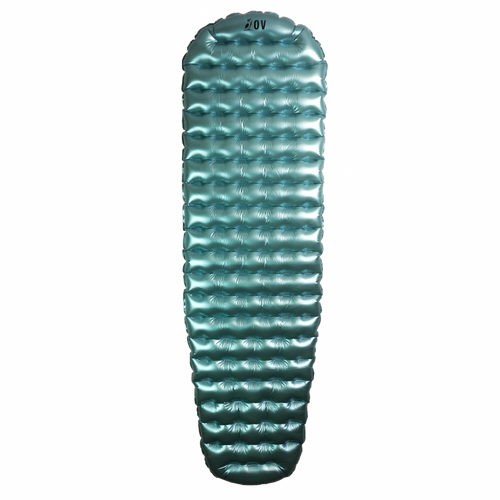Kinetic Layering - What You MUST Know About Active Clothing
In the backcountry, we need clothing that performs.
We need a collection of clothing that functions as tools to allow us to remain active in the backcountry as long as we want, in any season.
By utilizing an Adaptive Performance Clothing System, we will have the right collection of clothing that will keep our bodies performing optimally in the inevitable changing conditions like weather, terrain, and strenuousness of the journey.
We've actually come up with 10 main clothing items that you can mix and match depending on the conditions of your adventure. If you have all 10 items, you'll be prepared for almost any trip into the backcountry, no matter what time of year. To read more about these items, click here.
This Adaptive 10 Piece Layering System is categorized into 3 collections: Kinetic, Protective, & Static.
The Kinetic Collection
The kinetic collection consists of the clothing worn while active and on the move.
The pieces in this collection are designed to be used while active, and they perform their intended function best when the user is on the move. Some clothing in the Kinetic collection will be worn more frequently and for more time than any other piece in the system.
That's part of why its so important to understand how these clothing items work!
Our bodies naturally generate heat. We are warm blooded, and our bodies’ natural temperature is 98.6 degrees F. We can’t deviate too much from 98.6 for very long without serious bodily harm.
Theoretically, if our bodies didn’t radiate heat, we would die very quickly. The implication of that is some heat loss is necessary. When we physically exert ourselves, we use more energy and generate more heat, which our bodies release. This is what we feel when we warm up or get hot.
When we are actively burning energy and exerting ourselves, BREATHABILITY in clothing is paramount. We want the ability to wear everything in the collection for as long as possible without having to remove pieces.
The Kinetic Collection should provide the minimum warmth level to be comfortable and manage heat while on the move. In cold weather, an effective and optimal Kinetic piece should not allow a user to be comfortable while sitting still. If the user can comfortably sit still for more than a few minutes, she is likely over-insulated.
Conversely, in hot weather the user should not overheat or feel uncomfortable sitting still.
The important takeaway is that our clothing system should regulate the rate at which we lose heat from our bodies. The clothing system should assist in a way that allows excess heat to escape to avoid overheating, in cold or hot conditions. It should also assist in a way to reduce or stop heat loss to avoid hypothermia.
As we actively move in the backcountry, our bodies burn more energy and we experience an increase in body heat.
We warm up.
The Kinetic collection should manage that heat. It should keep us from overheating, but also not allow our bodies to lose too much heat that we are below optimal temperature. In short, the Kinetic collection should keep us from getting too hot or too cold.
The main factors the Kinetic collection manages are energy output / heat output, ambient temperature, sun exposure, and body moisture.
Output: This is our level of physical exertion. How hard are we working? This is basically self induced heat generation and sweat output. The Kinetic Collection should allow us to physically work as hard as the terrain and our trip plan require, and it should regulate body heat and moisture.
Ambient temperature: The air temperature influences how much our body heats up and sweats. The pieces in the Kinetic Collection allow the user to select the pieces that retain or release the appropriate amount of body heat for the ambient temperature.
Sun exposure: Solar radiation ( UV light ) can burn our skin and increase the surface temperature. It also causes our bodies to lose water at a faster rate, which can lead to dehydration and heat sickness. The Kinetic Collection should help prevent this by providing protection from the sun. This is an area of crossover, where pieces in the Kinetic Collection perform protective functions.
Body moisture: Water on the surface of our bodies, and wet clothes accelerates heat loss via evaporative cooling and convection. Heat loss is heat loss, whether the air temperature is warm or cold. The Kinetic Collection should move moisture away from our skin to prevent too much convective heat loss when we need to stay warm. Conversely, when we need to cool down, the movement of moisture from the skin allows the processes of evaporative cooling and convective heat loss to cool our bodies down and keep us from overheating.
Clothing in the Kinetic collection should:
-
Be comfortable.
-
Pieces shouldn’t cause any unwanted tension, pressure, or abrasion on the body. The user should be able to wear them all day without distraction.
-
Allow full range of motion.
-
Pieces should not restrict mobility or range of motion. Stretch is desirable whenever possible.
-
Allow efficient movement, while managing heat, moisture, etc. Much of this is related to fit.
-
Pieces should fit closely enough to the body to perform their intended functions without restricting mobility, or adding unnecessary weight. Pieces should weigh as little as possible while maintaining optimal performance.
-
Be adequately durable for the natural conditions, with as little weight possible.
Categories Within The Kinetic Collection
Within the Kinetic Collection are specific categories, which help us differentiate purposes and applications, and they also define a repeatable system. The 3 categories in the Kinetic Collection are: the Moving Set, Baselayers, and Active Insulation.
Category: Moving Set
-what you wear while on the trail and on the move.
It’s basically the bare minimum outfit we hike in all day - a single top and a single bottom. It’s our hiking outfit. Lightweight, quick to dry, max breathable. Can be cross-compatible with other categories - can use other items in the system as part of moving suit as conditions dictate.
Pieces should be wear-all-day comfortable without distraction, be athletic or close fitting while allowing some movement of air to promote cooling when necessary. We also want lightweight fabrics that are quick to dry. These pieces should also be durable enough to withstand many days of use in the field.
Although the moving set is part of the Kinetic Collection, it of course provides protection from the sun, which is critical in body temperature management. Skin exposed to solar radiation accelerates hyperthermia and the potential for heat injuries. It also accelerates dehydration, which is a primary contributor to overheating and heat casualties.
Category: Baselayers
-moisture wicking, quick drying, maximum breathability.
Baselayers are the foundation of the system, and should always be a next-to-skin piece. Their optimal function depends on it. The primary purpose of a baselayer is to move moisture off and away from the body, which means it must be as close to the skin as possible to begin absorbing and moving moisture off our skin.
Baselayers should not be thought of as an insulating layer or a layer to provide warmth, though they do reduce heat radiation from our bodies. They are the foundation of the clothing system and play a critical role in allowing our clothing system to either keep us warm or cool. As such, baselayers should be very lightweight and made of thin fabric that will wick moisture away from the body and dry quickly. The thinner the fabric is, the better it will perform that function.
Maximum breathability is also a critical component of baselayer performance, as it assists in moisture movement and drying, as well as allowing our bodies to release excess heat. The optimal fabric construction for baselayers is knitted fabric, as its structure provides inherent functional benefits like breathability, stretch, and a comfortable fit for good mobility.
A baselayer’s fit is a bit of a balancing act. For the absolute best performance, a baselayer should fit right next to the skin and follow the contours and shapes of our bodies. The more skin contact the better, because when the fabric is touching the skin it can immediately move moisture coming off the body.
However, for efficiency we use the baselayer top as our primary top in the Moving Set. And since it’s the shirt we wear all day as a stand-alone top, it’s acceptable for the baselayer top to be slightly less form fitting. We still want it to fit close to the body so that the fabric has significant contact with skin. Consider this a “close fit” for the top, and “form fitting” for the bottom.
While Baselayers are in their own category, they are quite versatile, as the bottoms can cross over to the Moving Set in colder temperatures, and it can also be used for our sleeping clothes bottoms. Likewise, the baselayer top carries over to multiple categories, as it is the primary top in the Moving Set.
The two general fabric classifications appropriate for baselayers are synthetic and merino wool. Notice that cotton is not listed. Cotton absorbs water and doesn’t move moisture or dry out, nor does it retain heat when wet. Cotton has no place in this system. Synthetic and merino each have benefits and drawbacks.
-
Synthetic: Polyester is by far the most common synthetic, although there are others like polypropylene, rayon, etc. For this context the focus will be on polyester. Polyester will generally be lighter in weight, dry faster, and be more durable. It also holds its shape well, is easy to launder, and generally costs less. A drawback of polyester is a higher propensity to hold odor and bacteria
-
Merino: Merino is more absorbent than polyester, and it has a unique moisture wicking quality in that merino fibers can actually absorb moisture vapor before it even liquifies against the skin. It is quick to start the moisture wicking process. Merino is also naturally very resistant to bacteria and odor. Merino is generally less durable than polyester, it is heavier, and takes longer to dry. It is more difficult for merino pieces to hold their shape, especially when wet, and it’s generally more expensive. Merino blends are common for performance focused applications of merino. They utilize a mixed ratio of merino and synthetic fibers which give a significant boost to merino garment performance. Even a 10 to 20 percent presence of polyester or nylon significantly increases the performance of a merino piece. It helps it dry faster, adds durability, and it also helps the garment hold its shape.
Category: Active Insulation
-often casually referred to as a midlayer.
However, a midlayer could be a lot of things, so we are better served by acknowledging the thought process and functional application of Active Insulation.
This should be worn in cold conditions when we know that we will be physically active for extended periods of time. We need this piece to be just warm enough to comfortably move through the backcountry without overheating. With that requirement, it is critical that the Active Insulation piece is highly breathable.
As we actively move in the backcountry, our bodies burn more energy and we experience an increase in body heat. We warm up. Active Insulation should manage that heat. When we are actively burning energy and exerting ourselves, BREATHABILITY of the fabric is paramount because it facilitates the release of excess heat. We want the ability to wear Active Insulation for as long as possible before needing to remove it.
In cold conditions, active insulation should provide the minimum warmth level to be comfortable without overheating.
An ideal active insulation piece should be lightly insulating, highly breathable, moisture wicking, and made of lightweight and quick drying materials. We need those qualities because we may use the piece for extended periods of high exertion, which means we’re likely to sweat in the piece. We need this piece to continue facilitating the outward movement of body moisture from the baselayer to the outside air.
An effective active insulation piece will still provide warmth when wet, and its breathable construction and synthetic materials allow it to dry very quickly, because the heat of our bodies can easily push excess moisture outward.
In order to optimize our bodies’ performance, maximize traveling efficiency, and stay prepared in cold conditions, a truly adaptable performance clothing system must include active insulation.
People often try to make do with their puffy jacket ( static insulation ) because it gives them a warm sensation. However, that is not desirable, and static insulation will not do what active insulation does, and as a result we lose efficiency, performance, and adaptability. That’s because static insulation does not breathe well enough and is too warm for active movement. This means that our output level can quickly overwhelm and exceed static insulation’s ability to release excess heat.
For this system, there are 3 types of Active Insulation that perform effectively, each having their own benefits and drawbacks. They are listed below in order of breathability: highest to lowest breathability. However, in reverse they are in order of wind resistance, meaning the lowest breathability option has the highest relative wind resistance.
-
Fleece
As an active insulation, fleece is very effective because of its breathability, moisture management, heat retention when wet, and ability to dry quickly. Fleece is a true performance fabric that is underrepresented and underrated.
When we say ‘performance’, we are referring to fleece performing a functional process. In this case specifically we are referring to breathability and moisture movement through the system to the outside air. Fleece is a fabric that we can virtually see its performance in action. Fleece’s ability to move moisture outward during high activity can be easily recognized in cold weather - below freezing. This can be demonstrated by hiking or skiing into an area while wearing a fleece. When we get to our destination and start setting up a shelter without changing layers, within just a few minutes we will start to see tiny water droplets on the very outer tips of the fleece fabric. Soon after that, we’ll see all that moisture freeze into tiny pieces of ice until we have a thin layer of ice mist on the outside of the jacket - exactly where we want it. That’s because our body heat pushes moisture through fleece so easily because it is so breathable. It’s breathable because fleece fabric has so many voids for air and moisture to pass through.
With its effective active insulation performance, there are some additional things to consider with fleece. Because it is so breathable, it doesn’t offer much wind resistance. In many conditions this is not a problem, but in some conditions like exposed high elevation mountainous terrain, the wind can be so strong that it overcomes the warmth value of a fleece used even during high exertion. Fleece is also not a good barrier for rain. However, polyester fleece doesn’t hold a lot of water since polyester is so hydrophobic ( water doesn’t adhere to it ), and it dries incredibly fast. That brings up one of the side benefits of fleece, which is that even when it is damp, it feels dry and warm to the touch. This is especially reassuring when a light fleece is worn under a rain jacket in hours long rainstorms when we have to just press on and the rain jacket alone isn’t warm enough. Furthermore, when fleece does get wet it retains almost all of its insulative value and breathability.
Fleece is also not very compressible, so it takes up more volume in our packs. Though fleece isn’t really heavy, it’s not the lightest insulation option. Finally, because of its open knit structure, fleece is more vulnerable to snags, and it’s generally less durable than other pieces in the system.
To round things out for fleece, remember that breathability is a top priority for active insulation. The user just needs to be aware of what fleece can do and what it can’t, then consider whether or not it's the best choice for his or her most anticipated conditions.
-
Hybrid
Hybrid active insulation is essentially 2 layers - fleece and a lightweight breathable woven fabric - that can be, but don’t have to be bonded together. The inside face of a hybrid is the fleece component, so the most breathable part is close to the body. The outside face is fabric that would be suitable for a wind jacket. Wind jackets will be covered in more detail later, but a good wind jacket in this system should block enough wind to adequately reduce convective heat loss, while being as breathable as possible. There’s that word again - breathable. The outside fabric is a lightweight, tightly woven, wind resistant fabric, so now we can add a DWR ( Durable Water Resistant ) treatment to the face fabric for some mild water resistance. The woven fabric also adds durability and less vulnerability to snags. This configuration still offers decent breathability and moisture movement, but more wind resistance and durability. Hybrids are a clear middle ground, so there are a lot of conditions that a hybrid active insulation will perform well, especially for those that frequently travel in windy conditions.
While a single hybrid piece (where the fleece or insulation is bonded to the outer fabric) is pretty convenient, it has inherent limitations. It’s not as breathable as a singular fleece top, and it can potentially be too warm. A really effective and versatile configuration is the combination of 2 pieces: a fleece and a wind jacket. When they’re used together they will do everything a single hybrid piece can, but they can obviously be used independently to add incredible versatility - not just for a single trip - but to the whole 10 piece system. Spoiler alert, the wind jacket is already in the 10 piece system, so let’s be adaptable, shall we? Now we have the ability to custom tailor our setup for breathability and/or wind and water resistance.
-
Breathable lofted
This piece is the least breathable option, but the most wind resistant, and likely the warmest option in lower output conditions. As such, it can be a good option for extremely cold conditions, or times when physical exertion is lower but still active. An important distinction to point out is that this is NOT static insulation. While it’s not as breathable as the other options, it is still MORE breathable and less warm than static insulation. This piece will often have design elements that promote breathability and ventilation to offset the inherently lower breathability of the piece.
This piece is less breathable because it uses a lining fabric and an outer fabric, with lofted insulation in between. It just physically can’t be as breathable, which also means that it won't move moisture away from the body as quickly. The fabric needs to be tightly woven or knit in order to prevent the insulation from migrating out of the piece. So even if this piece uses a good, breathable wind jacket fabric inside and out, it will be much less breathable than the other options. This is where the breathability and ventilation design elements become critical. Underarm ventilation and front zippers can be very critical in releasing excess heat.
This piece will offer about the same level of water resistance as a hybrid configuration - perhaps a little better - given the two layers of fabric.
Again, clothing items that fall into the Kinetic Collection are the things you'll be wearing most often!
Understanding these principles will help you know what sort of kinetic layers you need for the conditions on the trips you're planning, and you won't have to pack extras that you'll never use.
To read more about the Kinetic Collection, click here.

